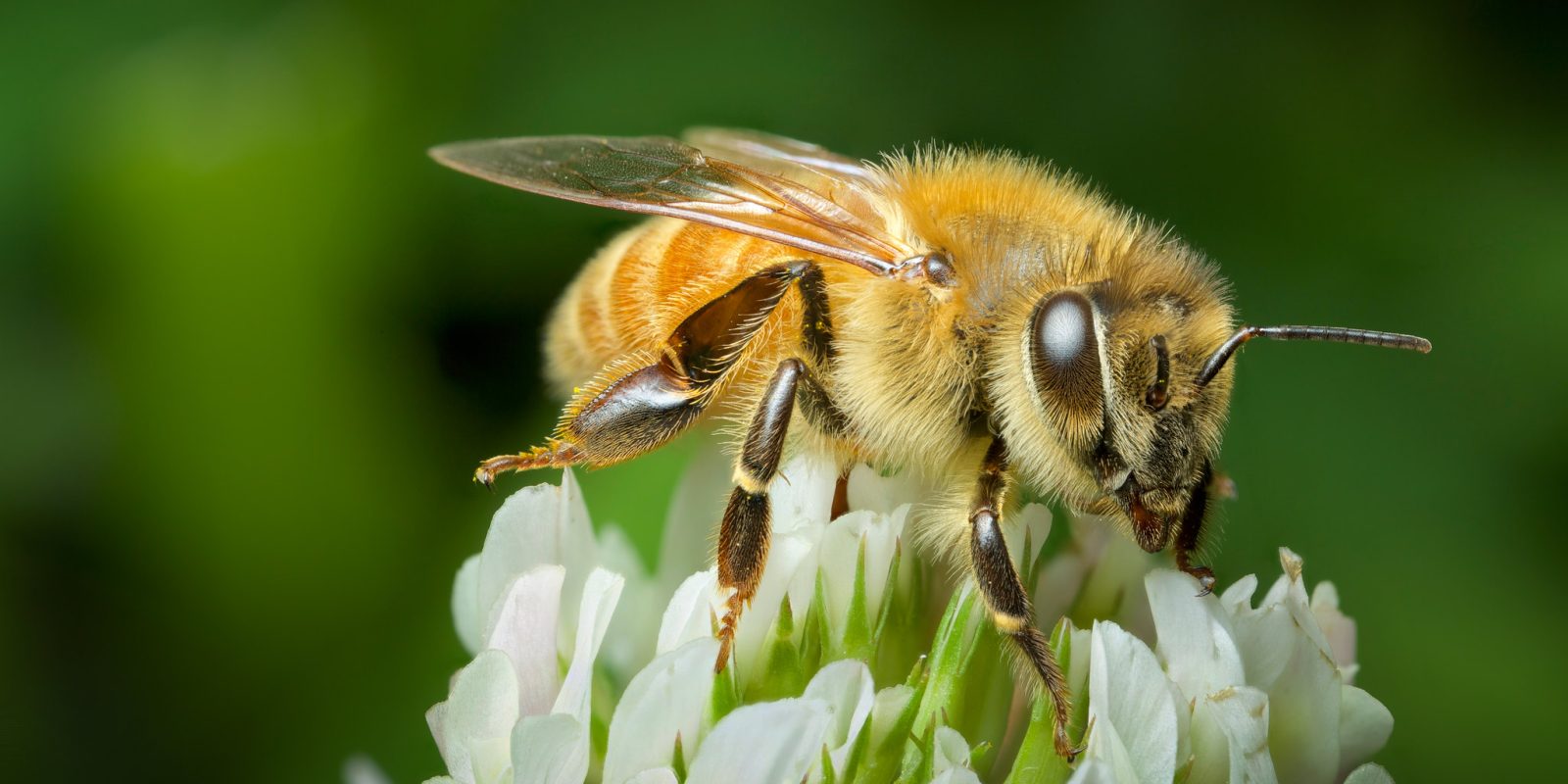Buzz Off, Summer: NZ’s Insects Are Autumn-Bound, and Your Garden’s Their Haven. Photo / Andy Murray
By Janice Lord, University of Otago and Connal McLean, Te Papa Tongarewa
Chillier mornings and higher heating bills aren’t the only signs of the changing seasons. Common insects, too, are having to adapt. One day we see them in our gardens and parks, the next they appear to have disappeared.
But most are still here – they’re just harder to find.
Overwintering is an adaptation that many plants, insects and other invertebrates undergo in temperate climates. It’s how they survive cold times of the year when food sources are scarce.
It’s similar to the way some mammals, such as bears, hibernate. But while hibernation involves an extended and deep dormancy akin to sleep, overwintering organisms are still active, just to a lesser extent.
Some alpine insects, such as wētapunga, can even tolerate being frozen solid for days at a time, slowing down their metabolism until conditions become favourable again.
The stay-at-home monarch
New Zealand’s monarch butterflies demonstrate how insects can adapt to new environments. In North America, they disappear for the northern winter, migrating up to 5,000 kilometres from around the Great Lakes to the central Mexican volcanic mountains.
They arrive in huge swarms, with population estimates one year of around 380 million butterflies, clustering together to conserve energy.
In New Zealand, however, the monarch has adapted to island life and does not migrate. We know this because, for 15 years, the Moths and Butterflies of NZ Trust tagged monarch butterflies in autumn and winter to track where they were overwintering.
The data collected showed no pattern of migration or any common destination. Most recovered tags were still within the general area in which the butterflies were released.
New Zealand monarchs do show some similar behaviours to their North American counterparts, though. You might be fortunate to see a tree with a swarm of monarchs, usually on the tree’s northern side.
The butterflies stay active during winter, as temperatures allow. On a sunny day you will see them flying around, looking for nectar from flowers to top up their energy.
Leave the leaf litter
Overwintering in large numbers, however, is not typical of the way most insects survive the winter. Aotearoa’s native bees are active only in the summer, when females forage to collect a nutritious “pollen ball” to sustain their dozen or so offspring underground during development.
Bee larvae will remain underground during winter, long after their parents have perished. They will emerge the following summer as the new generation of adults, never having met their caregivers.
While flowers rich in nectar and pollen are crucial for insects to forage when they emerge from overwintering, dead and decaying plant matter is the lifeblood of the invertebrate world during autumn and winter.
Leaf litter provides cover and nutrition for millions of insects and other microorganisms that cycle nutrients and soil, pollinate ecosystems and sustain larger organisms such as birds and fish.
You can help butterflies and other invertebrates survive winter by raking dead leaves onto the garden, rather than into the rubbish, and leaving seed heads on plants. Not only will this give these amazing ecosystem engineers somewhere to shelter, it will also help them return precious nutrients to the soil.
Plants such as Leucanthemum and Alyssum, which produce nectar-filled flowers in autumn and winter, can provide a top-up feed for butterflies and other pollinators during warm spells.
Native winter-flowering whauwhau, or five-finger (Pseudopanax arboreus), provides vital overwintering energy for insects. And kotukutuku (Fuchsia excorticata), though mainly bird-pollinated, is also popular with bees.
Flight of the bumble bee
Not all insects overwinter. Colony and social insects such as bumble bees and honey bees follow characteristic phenological cycles, intricately and inseparably linked to floral blooming seasons.
Bumble bee queens initiate a colony underground and begin to produce workers that typically live for an average of 28 days.
As the colony deteriorates with age at the end of summer, the queen will shift from producing sterile workers to producing reproductive individuals. These male drones and female gynes will leave the nest to mate, while workers consume the remaining resources.
Around March and April you may see many dead bumble bees on the ground. This isn’t necessarily cause for alarm – they have simply worked hard pollinating and have reached their natural life expectancy.
Meanwhile, newly mated queen bumble bees will now seek out new spots in which to begin colonies, such as vacant rodent and rabbit burrows. The queens benefit from the retained heat provided by undisturbed leaf litter, which also protects them from predators.
Eventually, our overwintering insects will emerge, often coinciding with the start of flowering and pollen production. But a changing climate can disrupt key plant-animal interactions such as pollination. In the meantime, they will appreciate all the help we can give them as temperatures drop and the cycle of life turns again.
The authors gratefully acknowledge the help of the Moths and Butterflies of New Zealand Trust in the preparation of this article.![]()
Janice Lord, Associate Professor in Botany, University of Otago and Connal McLean, Natural History Technician – Invertebrates, Te Papa Tongarewa
This article is republished from The Conversation under a Creative Commons license. Read the original article.







